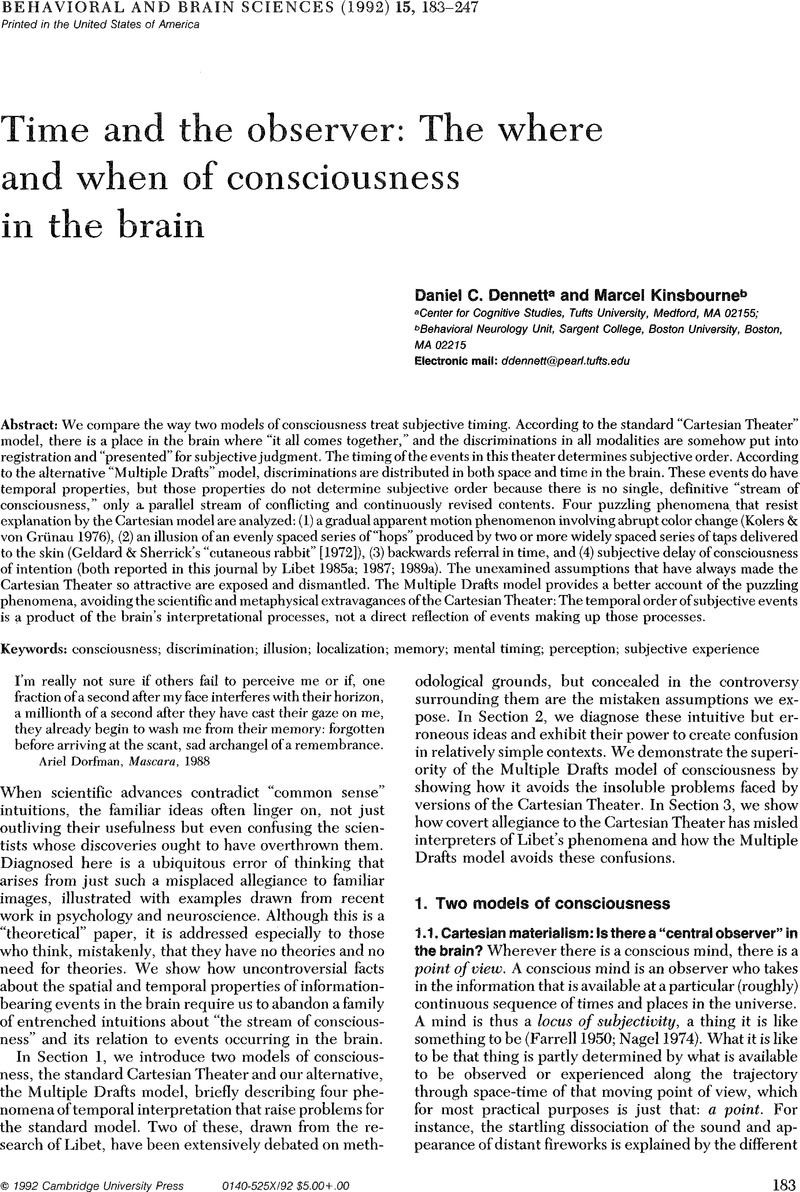Crossref Citations
This article has been cited by the following publications. This list is generated based on data provided by Crossref.
Dretske, Fred
2007.
WHAT CHANGE BLINDNESS TEACHES ABOUT CONSCIOUSNESS*.
Philosophical Perspectives,
Vol. 21,
Issue. 1,
p.
215.
Schneider, Susan
2007.
The Blackwell Companion to Consciousness.
p.
313.
Schneider, Susan
2017.
The Blackwell Companion to Consciousness.
p.
314.



